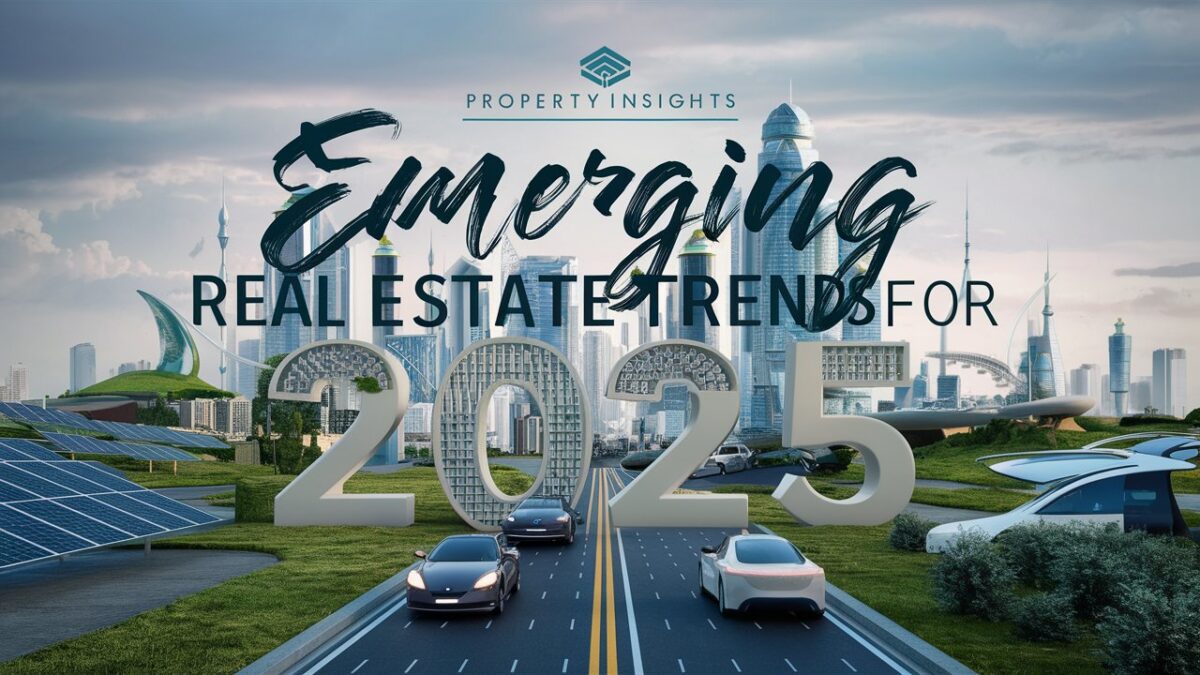Emerging Real Estate Trends for 2025

The real estate market has never been an easy game to play. But as we head into 2025, it’s less of a game and more of a battlefield full of rising prices, shifting priorities, and a tech revolution that’s rewriting the rules overnight. Are you ready for it?
Whether you’re a buyer struggling to find an affordable home, a seller trying to keep up with green expectations, or one of the best real estate agents NYC working to navigate a rapidly changing market, the trends emerging in 2025 are going to challenge everything you thought you knew.
1. Affordability Crunch: The Harsh New Reality
Here’s the truth: affordability is slipping through the cracks faster than anyone expected. In cities like New York, San Francisco, and even smaller metros, buyers are hitting a wall of sky-high prices and rising mortgage rates. The idea of owning a home is starting to feel more like a fantasy than a reality for millions.
Breaking Down the Numbers
- Median Home Prices: In 2020, the national median home price was $297,000. By 2024, that number skyrocketed to $416,000, and in 2025, we’re expected to see it climb even higher.
- Mortgage Rates: With interest rates now hovering between 7%-8%, monthly payments on a $400,000 home can easily exceed $3,000 a figure that’s unattainable for many middle-class buyers.
- Rising Costs Across the Board: From property taxes to closing costs, buyers are shouldering more financial burdens than ever before.
What Buyers Are Facing
- The Compromise Spiral: Buyers are settling for smaller homes in distant locations, sacrificing proximity to work, schools, or amenities.
- Stuck Renting: For many, renting feels like the only option, but with rents increasing 15%-30% in urban areas, it’s hardly a relief.
- Wealth Divide: The gap between first-time buyers and those with existing equity continues to widen, leaving younger generations at a stark disadvantage.
Survival Strategies for Buyers and Agents
| Solution | How It Helps | What to Watch Out For |
| Explore Outer Suburbs | Affordability improves, and there’s potential for appreciation | Longer commutes and fewer urban amenities |
| Look into Co-Buying | Shared ownership splits costs, making homebuying possible | Legal complexities and unclear exit strategies |
| Utilize Specialized Loan Programs | FHA loans, VA loans, and first-time buyer incentives can ease upfront costs | Often come with strict conditions or limits |
For agents, understanding these affordability challenges and proactively offering creative solutions can set you apart. Buyers don’t just need homes but they need guidance to overcome the odds.
2. The Green Shift: Sustainability Is the New Standard
“Is this home energy-efficient?” This once-optional question is now a non-negotiable dealbreaker for many buyers. As climate concerns mount and energy costs soar, sustainability is no longer a niche feature—it’s a top priority. Homes that aren’t eco-friendly are quickly losing their appeal and sellers who ignore this trend risk being left behind.
What’s Driving This Shift?
- Environmental Concerns: Climate change awareness is at an all-time high, and homebuyers are actively seeking ways to reduce their carbon footprints.
- Energy Costs: With electricity and heating bills climbing, buyers are prioritizing properties that promise lower utility expenses.
- Government Incentives: Federal and state programs are offering tax breaks for eco-friendly upgrades, encouraging homeowners to invest in sustainability.
Sustainability Trends to Watch
- Net-Zero Homes: Properties designed to generate as much energy as they consume are becoming a key selling point. Expect features like solar panels, rainwater harvesting systems, and geothermal heating.
- Green Retrofitting: Older homes are being revamped with sustainable materials, efficient insulation, and updated HVAC systems.
- Smart Energy Systems: Homebuyers now expect technology that optimizes energy usage, such as smart thermostats, LED lighting, and energy-monitoring apps.
The Seller’s Dilemma
- High Cost of Upgrades: Installing solar panels or replacing old windows with energy-efficient alternatives can be costly, with upfront investments often exceeding $10,000.
- Outdated Listings: Homes without sustainable features risk sitting on the market longer, especially in competitive areas.
Simple Sustainability Upgrades That Sell
- Replace traditional light bulbs with LEDs.
- Install low-flow toilets and faucets.
- Add insulation to improve energy efficiency.
- Use eco-friendly landscaping, such as drought-resistant plants.
Agents, take note: the more you highlight a home’s green features, the faster it’s likely to sell. And for sellers, remember that even small changes can make a big difference in buyer perception.
3. Urban Exodus 2.0: The Space Race Continues
The pandemic started it, but remote work is keeping it alive. People are fleeing major cities in droves, opting for the quiet, space, and affordability of suburbs, secondary cities, and even rural areas. In 2025, this journey is evolving and buyers aren’t just looking for homes; they’re searching for better lifestyles.
What’s Fueling the Shift?
- Remote Work Normalization: Living close to the office is no longer a priority with many companies allowing full-time remote work.
- Rising City Costs: Urban hubs like NYC and San Francisco are pricing out even well-paid professionals.
- Lifestyle Priorities: Outdoor spaces, home offices, and quieter neighborhoods are now at the top of buyers’ wish lists.
Top Destinations for 2025
- Suburban Hotspots: Affordable suburbs with good schools and easy commutes, such as Maplewood, NJ, or Yonkers, NY, are booming.
- Secondary Cities: Cities like Austin, Charlotte, and Nashville offer strong job markets and lower costs of living.
- Small Towns: Even rural areas like Hudson Valley, NY, are seeing an influx of urbanites seeking peace and quiet.
The Challenges of Leaving the City
- Longer Commutes for Hybrid Workers: Those who need to return to the office occasionally may face logistical headaches.
- Infrastructure Gaps: Smaller towns may lack robust public transportation, healthcare facilities, or high-speed internet.
- Cultural Differences: Urban dwellers moving to rural areas may experience adjustment pains in terms of lifestyle and amenities.
For Agents: Selling the Suburban Dream
To guide buyers through this transition, the best real estate agents NYC need to:
- Focus on transit-accessible suburbs.
- Showcase homes with dedicated workspaces, outdoor areas, and community amenities.
- Be upfront about trade-offs as clients will appreciate your honesty.
4. AI and Tech-Driven Real Estate: The Future is Digital
In 2025, real estate is going digital at an unprecedented pace. From AI-powered recommendations to blockchain-secured closings, technology is reshaping how homes are bought, sold, and even lived in. The speed, convenience, and precision these tools offer are undeniable but they’re also raising important questions about trust, security, and adaptability.
Key Innovations in Real Estate Tech
- AI-Driven Listings: Platforms now use machine learning to match buyers with properties that meet their exact preferences, saving time and effort.
- Blockchain Transactions: Blockchain technology enables faster, more secure real estate transactions by eliminating middlemen like banks and escrow agents.
- VR Home Tours: Advanced virtual reality (VR) allows buyers to explore properties as if they’re physically there, even if they’re across the country.
Potential Pitfalls
- Lack of Human Interaction: Buyers still want personalized advice and guidance, especially for life-altering decisions like buying a home.
- Digital Overwhelm: Too many tech tools can make the process feel impersonal and complicated for less tech-savvy buyers.
Tips for Agents to Stay Relevant
- Invest in VR and AR tools to create immersive experiences for buyers.
- Learn blockchain basics to simplify and secure transactions.
- Use predictive analytics to help buyers and sellers make informed decisions.
Wrap Up
This isn’t the time to sit back and rely on old strategies. Whether you’re buying, selling, or representing, staying ahead in 2025 means embracing change, anticipating challenges, and being ready to pivot when the unexpected happens. Real estate isn’t just about homes anymore as it’s about understanding people, trends, and opportunities in a rapidly changing world.
The future is here. Are you ready to own it?









